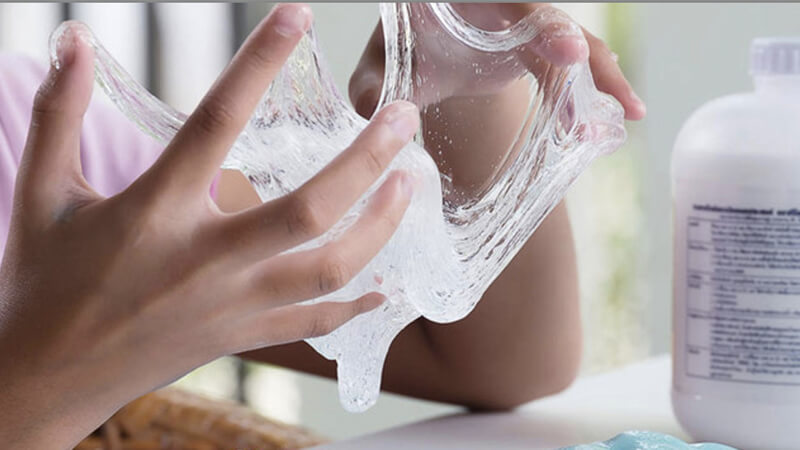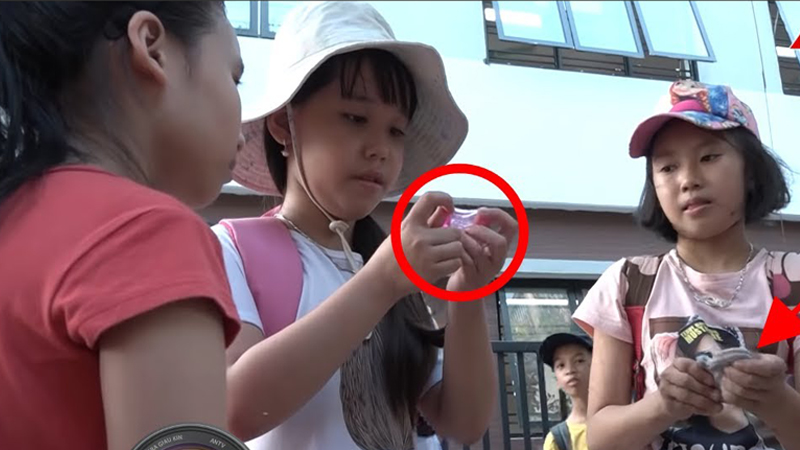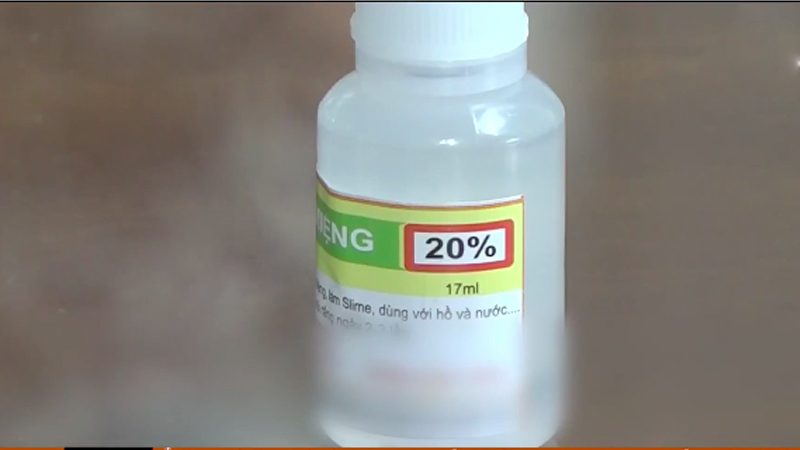A new toy called “Slime” has taken the world by storm, especially among elementary and middle school students. But what is slime, and is it safe for children to play with? Read on to find out!
1. What is Slime?
Slime (pronounced as ‘sa-lam’ in Vietnamese) is a childhood toy with foreign origins that has gained popularity in Vietnam in recent years. It is a soft, stretchy, and squishy substance, similar to rubber, that can be molded into various shapes. Inspired by shape-shifting monsters, slime is also known as “ghostly goo.”
 Slime is a foreign-origin toy that has captivated children worldwide.
Slime is a foreign-origin toy that has captivated children worldwide.
Slime has become a phenomenon among young children, especially in elementary and middle schools, due to its vibrant colors, unique shapes, and unpredictable transformations. It has also caught the attention of parents and educators alike.
To enhance its appeal, manufacturers often add colorful glitter and other decorative elements to slime. However, a box of quality slime with clear origins and safe ingredients can be quite pricey, ranging from a hundred to a few hundred thousand VND.
This has led to a rise in unregulated, cheap slime toys being sold in markets, which are popular among children. There are also numerous online tutorials on how to make slime at home using inexpensive ingredients, but the consequences of using these recipes are unpredictable.
2. Is it Safe to Make Slime at Home Using Soap?
Traditional slime-making ingredients include flour, glue, water, toothpaste, and food coloring. According to Le Phu Dong, a chemist at Lac Hong University, slime made from natural ingredients or certified chemicals is generally safe.
However, he cautions that slime made from unknown or unregulated chemicals can cause burns and allergies. For example, a child in Tay Ninh province suffered swelling and sores on all ten fingers after playing with counterfeit slime. Similarly, several students in Go Cong Tay, Tien Giang province, had to be hospitalized due to suspected chemical poisoning from slime they purchased outside their school.

Slime is incredibly captivating to children due to its vibrant colors and soft, squishy texture. Its moldable nature stimulates creativity and has led to many children attempting to make their own slime following online tutorials.

One of the key ingredients in homemade slime is borax, a chemical compound commonly used in detergents and disinfectants. It is also found in mouthwash, which is why some children use it in their slime recipes. Prolonged exposure to high concentrations of borax (up to 20%) can cause chemical burns on the skin.

>>
Additionally, young children under five may mistake the colorful, squishy slime for candy and put it in their mouths, posing a serious health risk.
Reference:
3. Precautions for Parents
-
Limit your child’s exposure to slime, and if you do purchase it, opt for natural, clearly labeled slime with known ingredients.
-
Do not allow children to make slime using online recipes to prevent burns and other injuries.
-
Ensure your child washes their hands after playing with slime, and always supervise them during play to prevent accidental ingestion or other mishaps.
We hope this article has provided valuable insights into the potential dangers of slime and offered guidance to parents on how to keep their children safe while still allowing them to enjoy this fascinating toy.














